
The Ultimate Guide to Basic Tactics - Part 1 - Forks
Some basic tactics/motifs you need to know when you play chess.Introduction - What Are Tactics?
You may have heard the saying, "Chess is 10% strategy and 90% tactics." Strategy refers to the long-term plans/ideas a player may have, which involves improvements, manouevres, and other ideas. Tactics, in contrast, refers to short-term attacks which often promise quick advantages to convert.
What are the Basic Tactics to Know?
The list of tactics are long, and advanced players are always constantly on the watch for any opportunity. As a beginner or an amateur player the three main tactics to focus on are forks, pins, and skewers. In this blog we will focus on forks.
Forks
A fork is a tactical motif in which a piece attacks two undefended pieces or pieces of higher value simultaneously. All 6 pieces can perform a fork. Let's examine a fork from each piece.
Knights
You are most likely to see knight forks, and knights are often very tricky due to their forking abilities. In the position below, white to play, what is white's best move? (The white king is on g1, outside of the snip)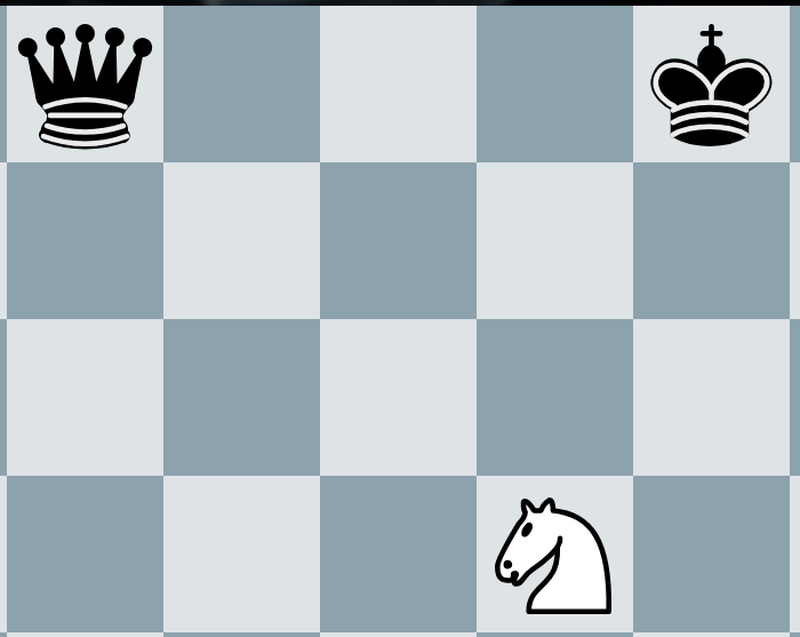
Yes, Ne7+! is a fork to the king and the queen, and after black moves the king white will capture the queen and be a full piece up.
Bishops
Bishops can also fork, too! However, if a bishop is forking a piece that can move diagonally, it must have protection. See the below snip and find White's best move.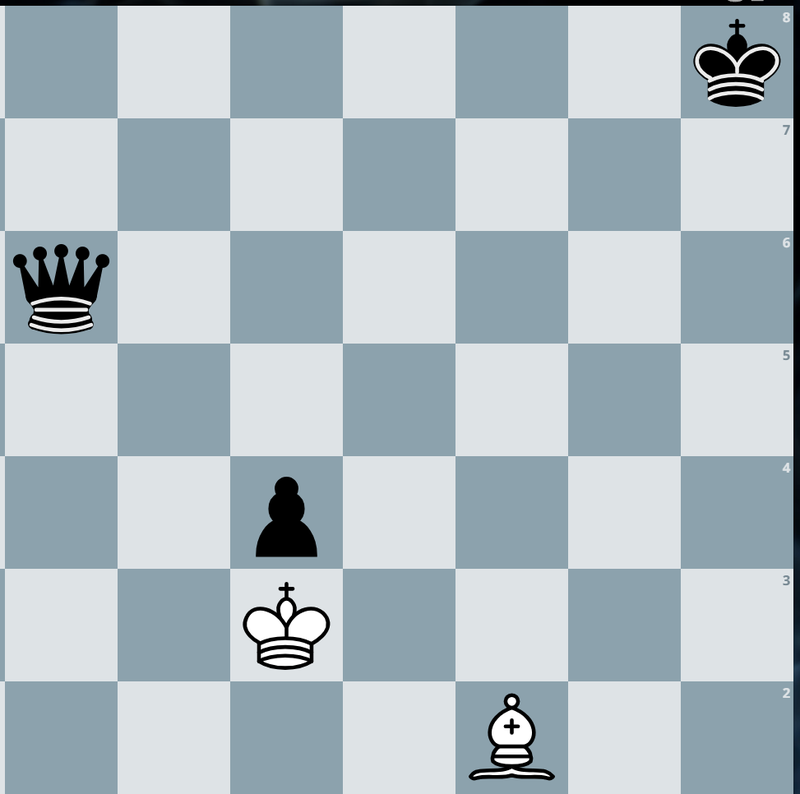
Yes, Bxd4+! is a fork to the king and the queen. White's king is protecting the bishop so Black cannot get away with ...Qxd4+ as Kxd4 is possible.
Pawns
Pawns are also capable of forking, and it is very common in the opening. In this opening only 3 moves have been played, yet white is already winning! Can you find the best move?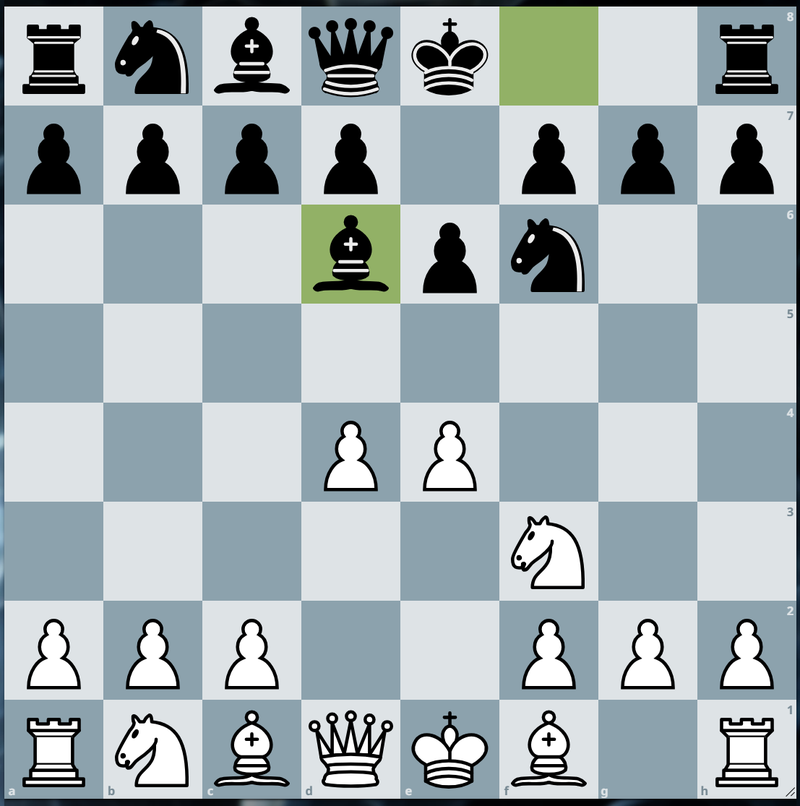
If you found e5! then you are correct! Pawn to e5 forks the knight and the bishop, and the pawn has protection from d4 and f3. Black is losing a piece here.
Rooks
Rook forks are also common, and you can see them in the endgames primarily. The position below is a rook-bishop endgame, which (I have covered in another blog) is a draw in most cases. Here is one case where white is clearly winning thanks to a fork! Can you spot it?
(I have the coordinates cut off, sorry) Rd8+! is a great move to win the bishop, and white should be able to win from there.
Queen
As the most powerful piece, it's no surprise that the queen can also perform forks herself. Queen forks are very useful in trying to convert Queen vs Rook endgames. Because you have been doing so well thus far, I'm going to present a challenge! 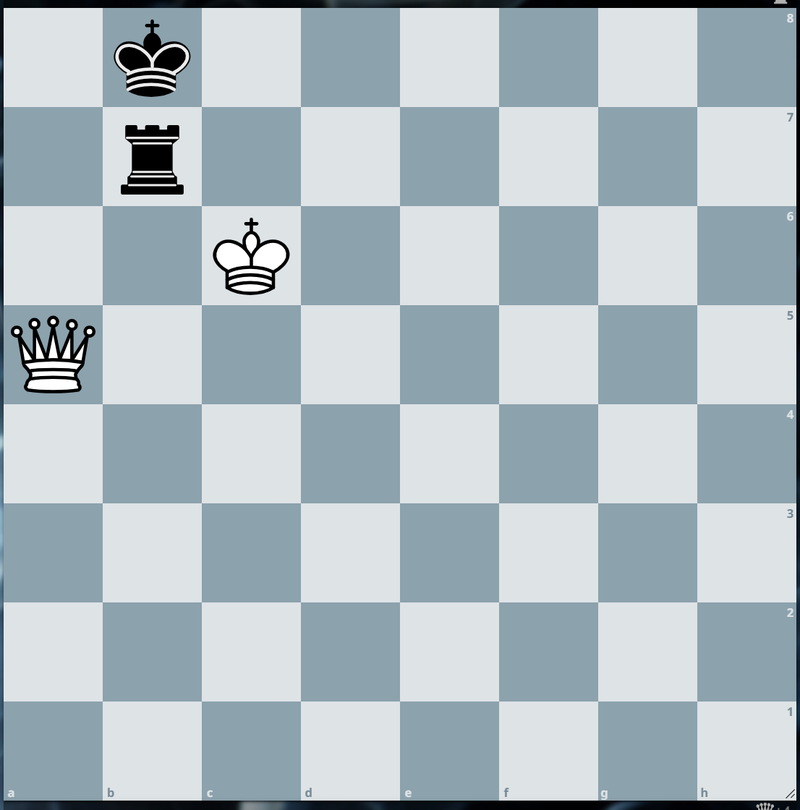
In queen vs rook endgames, this is a very well known zugzwang position that white is aiming for. It is black to move. Kc8 results in Qa6 and loss of the rook. So black has to move the rook and has 6 choices, but all of them lose the rook to very precise queen moves. Let's say the rook goes all the way to h7. Can you find the forced win in 3-4 moves to win the rook or mate? (Yes, you have to visualise the position, I'm not going to give it to you)
First you should identify the squares to fork. In this case b1 and g7 are the key squares. How do we get there?
You must first give a check on e5. If Kc8 Qe8# is game over, so the king must step to the a file. After Ka8 or Ka7 (doesn't matter) you will give the very precise Qa1+, forcing the king back to the b file. (Note if Ka8 Qa1+ Ra7 Qh8 is mate). Then you play Qb1+!, forking the king and the rook. You will win the rook next and the game.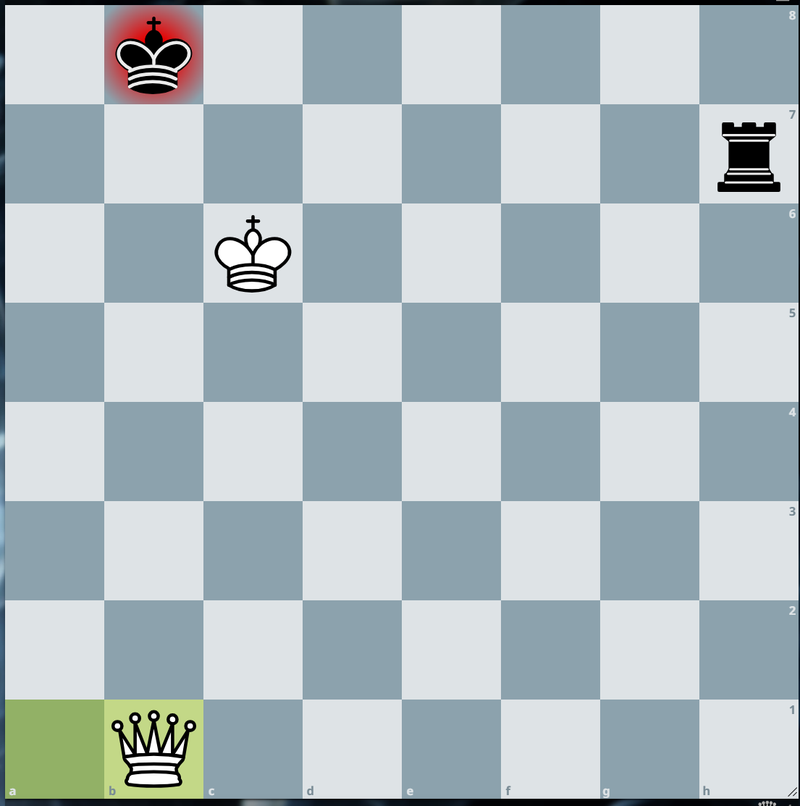
King(!?)
Believe it or not, a king can fork two pieces. Here is an example.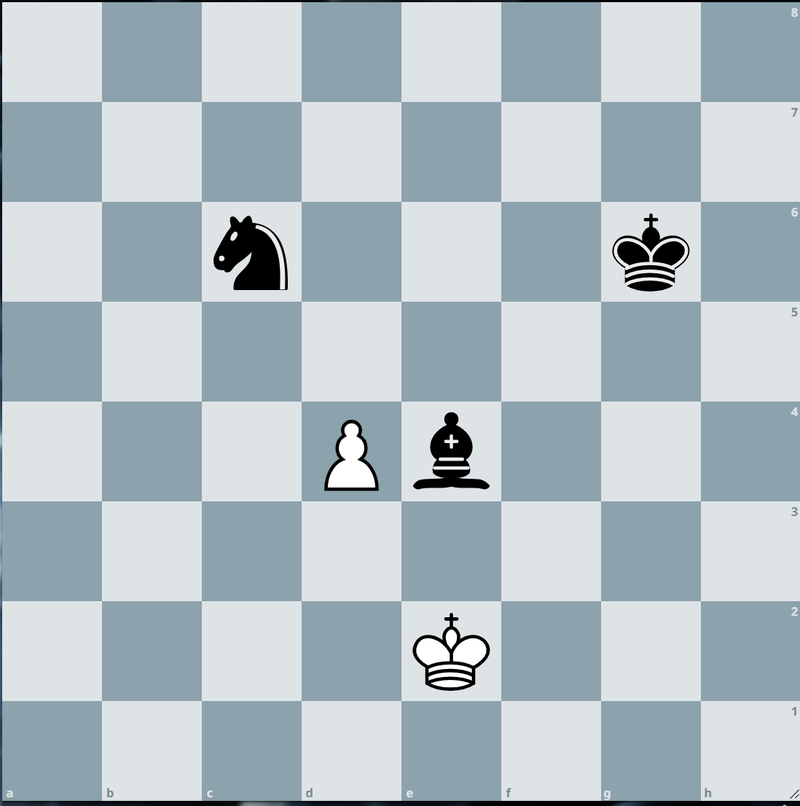
This position is winning for black, but requires precise technique and knowledge of the Bishop-Knight mate. If black gets hasty and plays Nxd4+?? what is your reply as white?
The only way to draw is to play Ke3! forking the knight and the bishop. Black's king is too far away to protect both minor pieces, and you will take either the knight or the bishop to save 1/2 a point.
Conclusion and Links
Here are all the 6 types of forks that may arise! Make sure to practise frequently by setting up positions or also using the 'Chess Basics/Practise' Feature on lichess. Good luck in your games and be sure to spot forks whenever you can! Practise makes perfect, so if you miss one it's okay, but make sure you learn from it!
Here are the chapters and the study for your reference:
https://lichess.org/study/0aB8DOrY
https://lichess.org/study/0aB8DOrY/eLeE7GVu
https://lichess.org/study/0aB8DOrY/6XILqnts
https://lichess.org/study/0aB8DOrY/AKG8kSiq
https://lichess.org/study/0aB8DOrY/TY1h2Zoa
https://lichess.org/study/0aB8DOrY/upOSLzIR#last
https://lichess.org/study/0aB8DOrY/e4Y3sk9i
You may also like
 BigBrainChess_08
BigBrainChess_08Fastest Stalemate Ever?! Genius Composition by Sam Loyd
Have you ever wondered what is the fastest stalemate in chess? Well, here it is, and it is a brillia…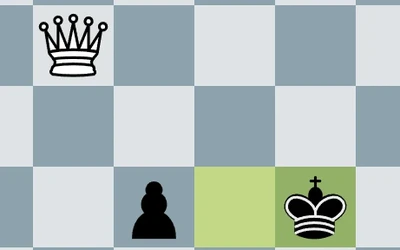 BigBrainChess_08
BigBrainChess_08Queen vs Passed Pawn Part 1 - Central Pawn
In several situations, especially pawn races, one side promotes to a queen, while the other side has… BigBrainChess_08
BigBrainChess_08